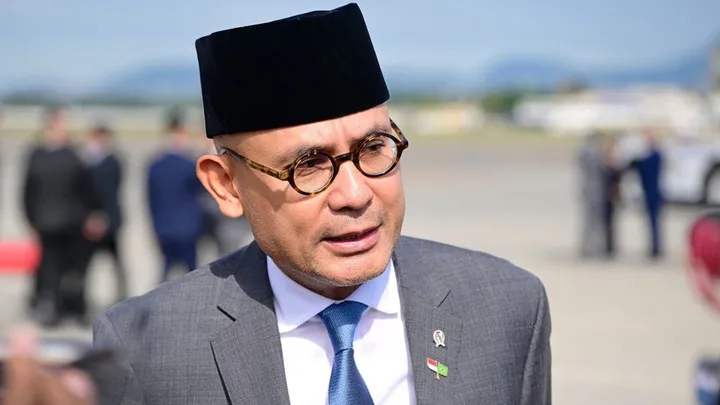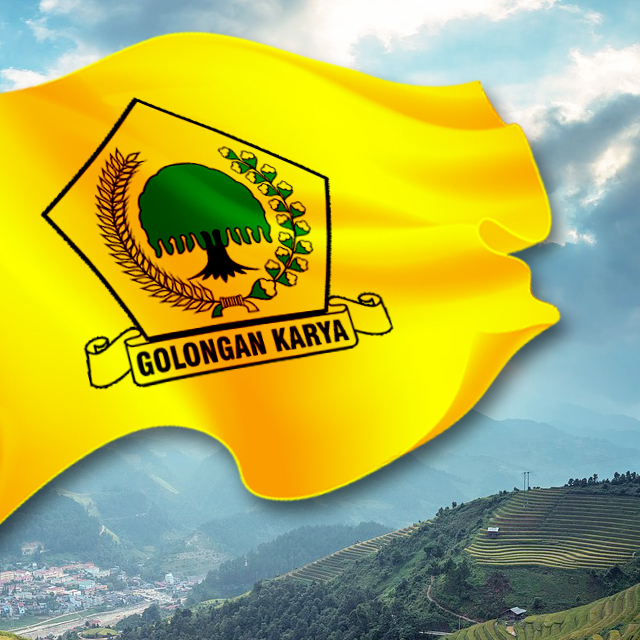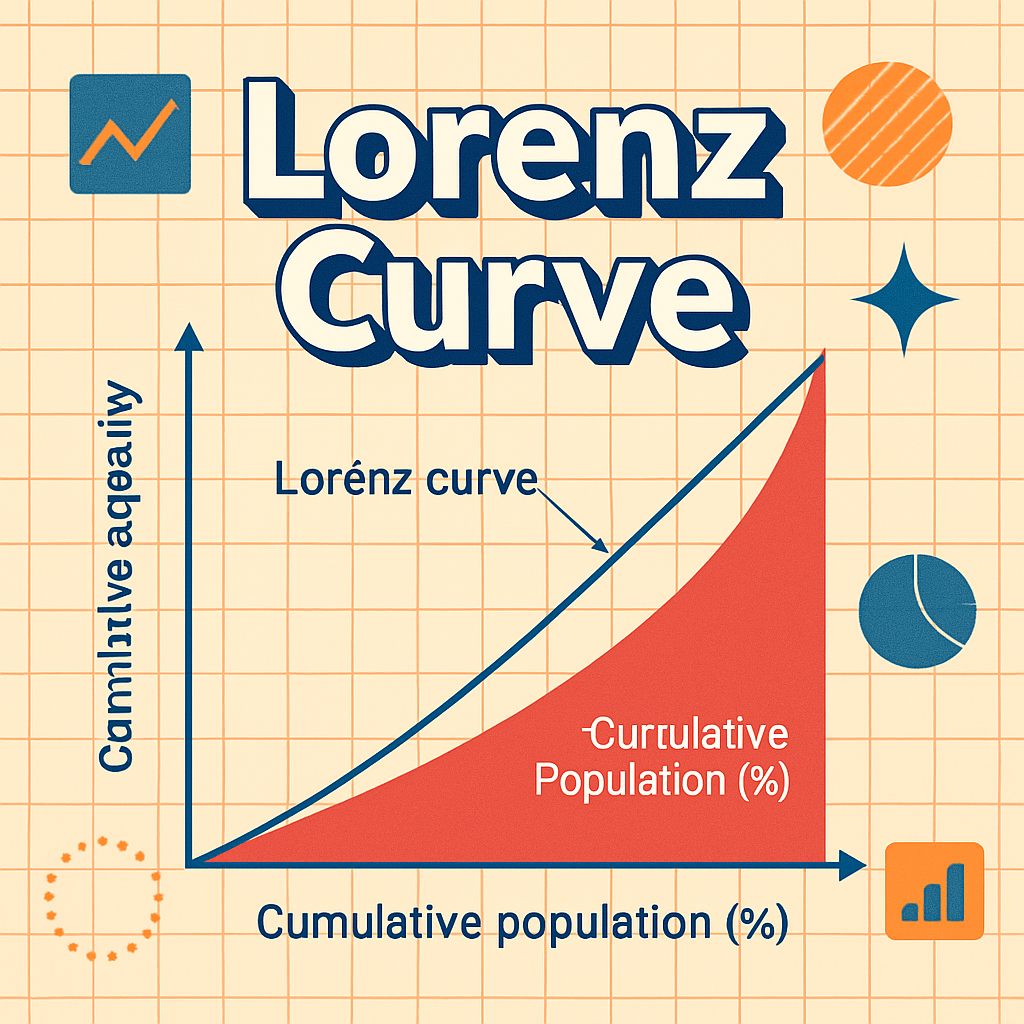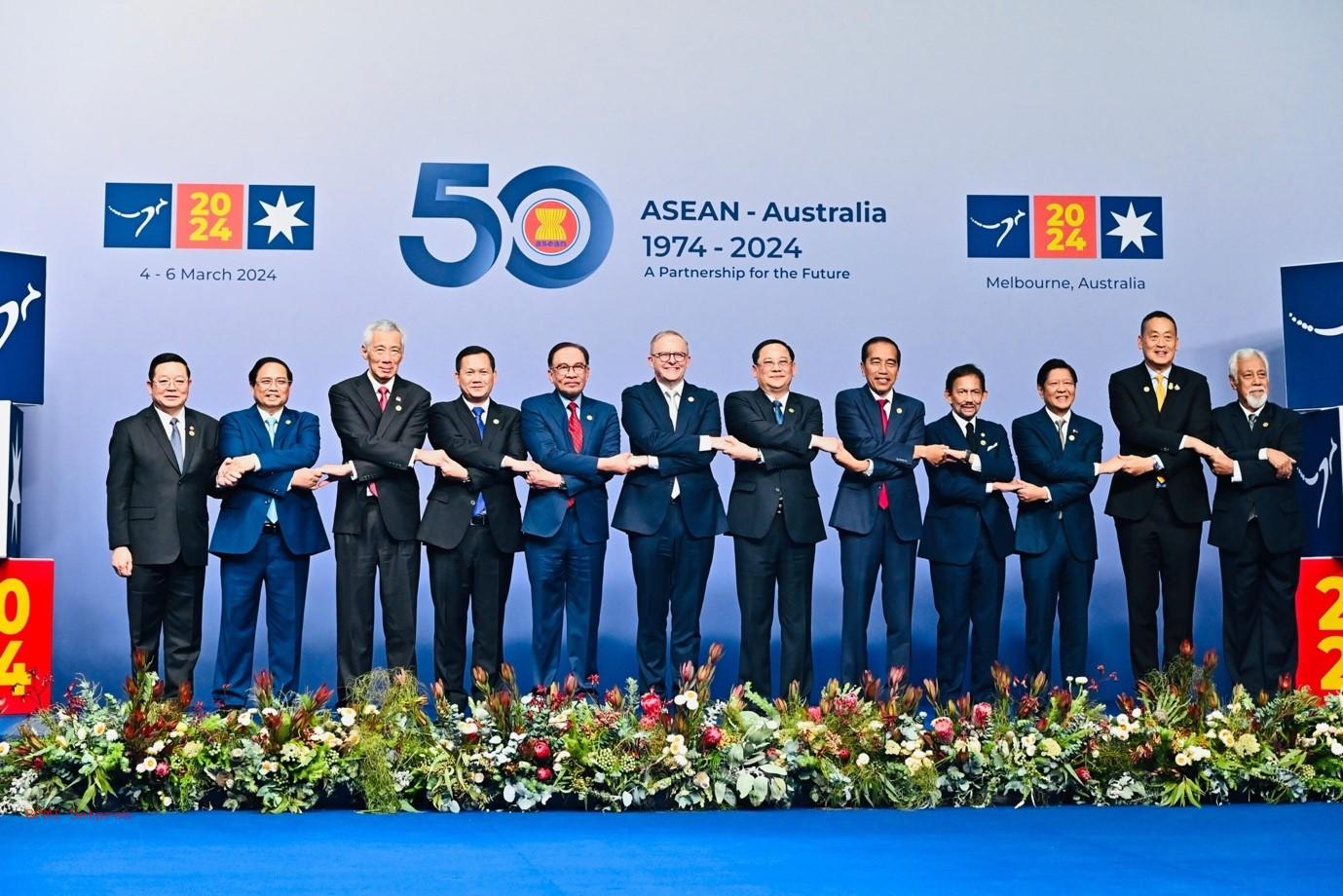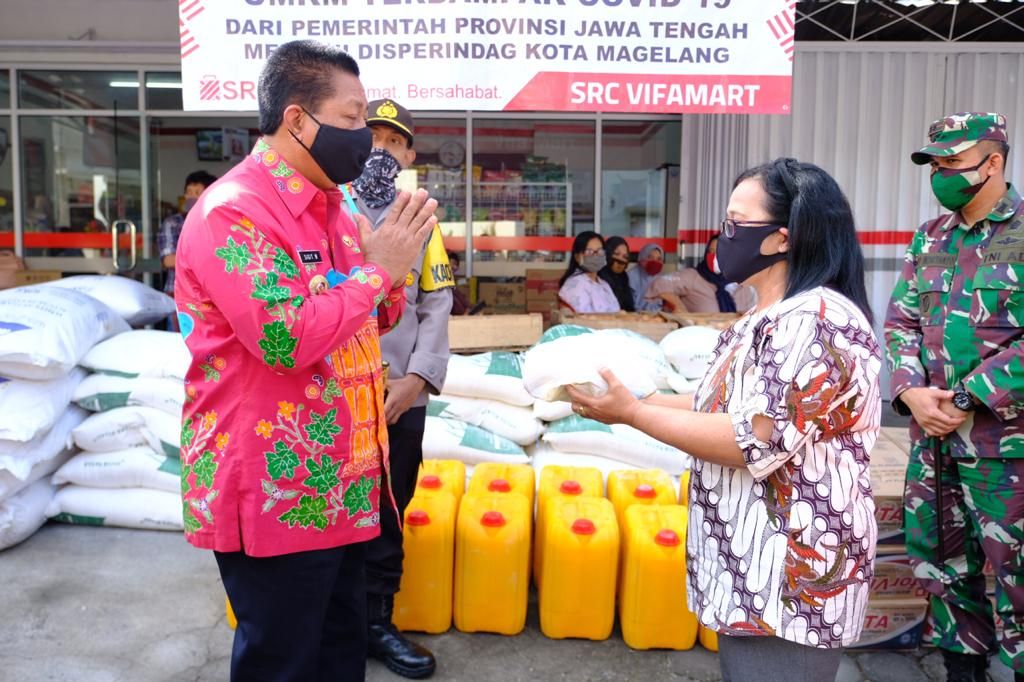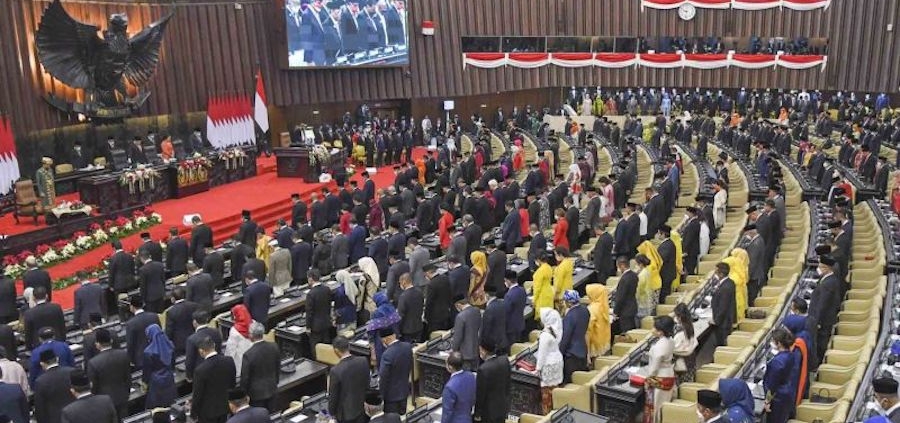Political Systems: Exploring Different Forms of Indonesia Governance
JAKARTA, turkeconom.com – Indonesia’s journey since independence has been shaped by evolving political systems that seek to balance unity and diversity across its vast archipelago. From a strong centralized presidency to ambitious decentralization and emerging models of participatory democracy, the nation continues to refine its governance frameworks. In this article, we explore the core forms of political systems in Indonesia, examining their origins, mechanisms, strengths, and challenges. Along the way, we highlight lessons learned that may inform comparative studies and practical reforms elsewhere.
Overview of Political Systems in Indonesia
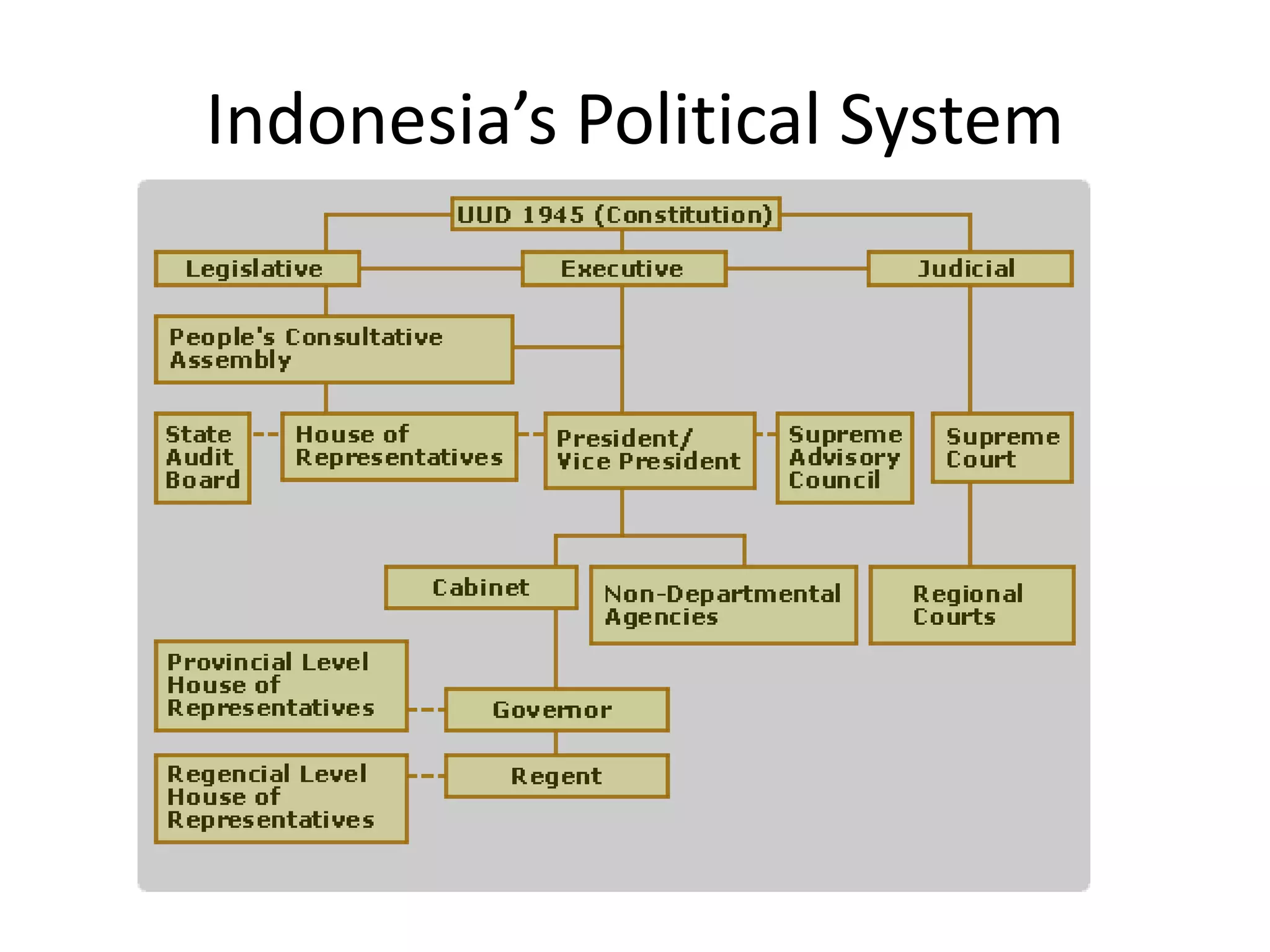
Indonesia operates under a constitutional presidential republic, yet it embraces multiple governance models to address its regional complexity. Understanding how the national executive, regional authorities, and civil society interact provides insight into the country’s broader political systems landscape.
Constitutional Framework
Following the 1945 Constitution (UUD 1945) and subsequent amendments, Indonesia’s government structure enshrines separation of powers among the executive, legislative, and judicial branches. The Constitution also codifies fundamental rights, laying a foundation for participatory governance within a presidential system.
Evolution of Governance Models
- Post‐Independence Centralization: In the early decades, the executive wielded extensive power to maintain unity.
- Reformasi and Decentralization (1999–2004): A sweeping shift transferred substantial authority to provinces and districts, birthing regional autonomy—one of the most significant experiments in Asia.
- Contemporary Participatory Initiatives: Growing civil society engagement and digital platforms aim to deepen citizen involvement in budgeting and policy review.
Presidential System in Indonesia
Indonesia’s political systems revolve around a directly elected president who serves as both head of state and government. This model has been central to national decision-making since the Reformasi era.
Structure and Mechanisms
The president appoints a cabinet responsible for policy implementation and day-to-day administration. Meanwhile, the People’s Representative Council (Dewan Perwakilan Rakyat, DPR) holds legislative authority, approving laws and overseeing the executive. The president’s four-year term, renewable once, fosters accountability through periodic elections.
Checks and Balances
- Legislative Oversight: The DPR can summon ministers for hearings and reject proposed budgets.
- Judicial Review: The Constitutional Court adjudicates disputes over laws, elections, and presidential authority.
- Ethical Oversight: The Corruption Eradication Commission (KPK) investigates high-level graft, reinforcing integrity in political systems.
Decentralization and Regional Autonomy
Regional autonomy transformed Indonesia’s political systems by devolving fiscal, administrative, and policy-making powers to decentralized units.
Historical Development
In response to demands for local control and more equitable development, the central government enacted Laws No. 22 and 25 of 1999, followed by Law No. 32 of 2004. These statutes granted provinces, regencies, and cities authority over sectors such as education, health, and infrastructure.
Impact on Local Governance
- Improved Responsiveness: Local officials tailor services to community priorities, reflecting diverse cultural and economic contexts.
- Fiscal Challenges: Balancing own-source revenue with central transfers remains a concern for many districts.
- Capacity Building: Investment in training and institutional frameworks is critical to sustaining effective local administrations.
Participatory Governance in Indonesia
Emerging participatory models complement the formal political systems by empowering citizens directly in decision-making.
Role of Civil Society
Non-governmental organizations, community groups, and advocacy networks play a vital role in shaping policy debates. From environmental protection to budget transparency, civil society actors lobby regional assemblies and leverage media to influence outcomes.
Participatory Budgeting Initiatives
Several municipalities have piloted participatory budgeting, inviting residents to propose and vote on local projects. By integrating community input into the annual budget cycle, these practices enhance accountability and ensure that public funds address the most pressing neighborhood needs.
Comparative Insights and Best Practices
Analyzing Indonesia’s multiple political systems yields lessons for other nations grappling with central-local tensions and citizen engagement.
Balancing Central Authority and Local Autonomy
- Clear Division of Roles: Well-defined competences for central and regional governments reduce overlap and conflict.
- Equalization Mechanisms: Resource-sharing formulas ensure that less affluent regions receive adequate funding to deliver basic services.
Engaging Citizens in Decision-Making
- Digital Platforms: E-governance tools for public consultations widen participation, especially among youth and remote communities.
- Civic Education: Ongoing public information campaigns on rights and procedures strengthen informed engagement in political systems.
Challenges and Future Directions
While Indonesia’s political systems have evolved significantly, several challenges persist as the nation looks ahead.
Ensuring Electoral Integrity
Regular elections are the lifeblood of a healthy presidential system, yet logistical complexities and vote-buying remain concerns. Strengthening the General Elections Commission (KPU) and promoting observer missions are vital steps toward greater credibility.
Managing Diversity and National Unity
With over 17,000 islands and hundreds of ethnic groups, Indonesia’s political systems must accommodate linguistic, cultural, and religious pluralism. Mechanisms such as special autonomy regions (e.g., Aceh and Papua) aim to respect local identities while preserving national cohesion.
Sustaining Capacity at the Local Level
Continuous training for regional bureaucrats, coupled with performance audits and peer learning networks, will be essential to maintain the effectiveness of decentralized governance.
Conclusion
Indonesia’s experience illustrates how multiple political systems—centralized presidential rule, robust regional autonomy, and participatory governance—can coexist within a single nation. By refining the balance between central authority and local empowerment, enhancing electoral integrity, and fostering active citizen involvement, Indonesia offers a dynamic case study in modern governance. As other countries seek to reform their own political systems, they may draw on Indonesia’s successes and challenges to craft more inclusive, responsive, and resilient institutions.
Sharpen Your Skills: Delve into Our Expertise on Politic
Check Out Our Latest Piece on Governance Models!


